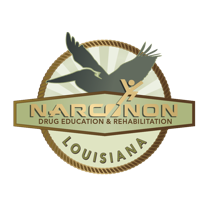Drug Rehab Programs
Drug Rehab Programs
The goal of any drug rehab program should be to end the person’s reliance on drugs or alcohol. Not all programs do this as well as others and there are also considerations of faith and personal beliefs. The main types of drug rehabs in a biophysical approach, a medical approach and the faith based approach.
The Biophysical Drug Rehab Program
A biophysical drug rehab program offers an approach that address’s the fact that drug addiction has two main components. There is the physical cravings or dependency for the drugs themselves and there is the emotional need for them as well.
This type of drug rehab program is typically the most successful, given that it is a longer-term program (more than 30 days), that it uses a drug-free approach, and incorporates a unique and effective detoxification methods that goes beyond mere withdrawal and actually eliminates the drug residues that have stored in the body.
The result is the addict no longer feels the physical effects of the drugs and he now has a sound body and clear head to address the emotional side through methods of social education. The recovery rate for a biophysical drug rehab program is very often three times higher than most other drug addiction treatments.
The 12-Step Drug Rehab Program
The 12-step program was originally founded in the 1930’s to treat alcoholism. This has been considered the standard in the drug treatment field for many years, the results are largely based on an individual’s faith and willpower.
This is the approach used for groups such as Alcoholics Anonymous, Cocaine Anonymous and Narcotics Anonymous, and thousands of group meetings are held each day both in and out of drug rehab centers. Although there is absolutely nothing wrong with the ideas used by this type of program and many people have become sober through it, the addict must overcome large obstacles by placing his fate in the hands of a Higher Power without doing anything to tackle the physical side of the addiction. The result is that the long-term success rate for most addicts is very low, and many addicts find themselves continually re-working the steps to address “slips” (using once or twice) and relapses.
